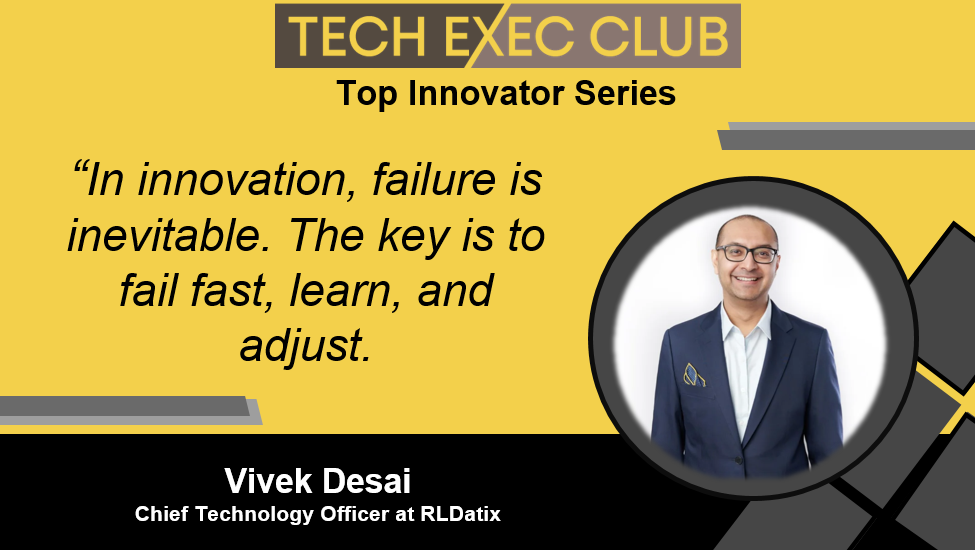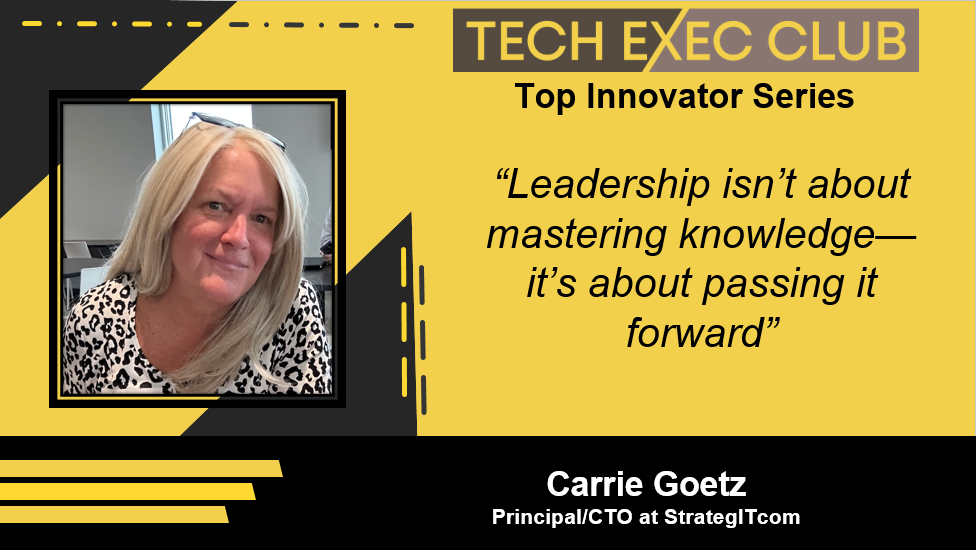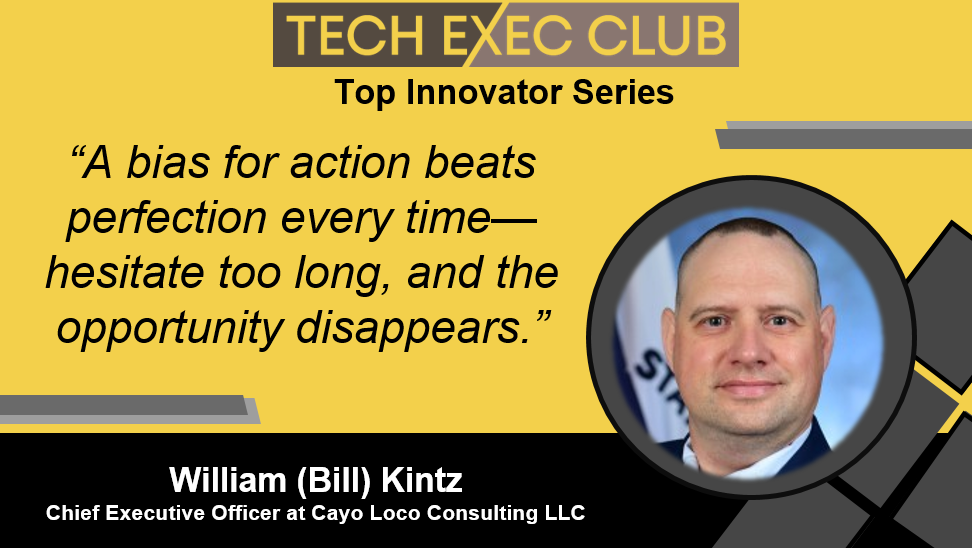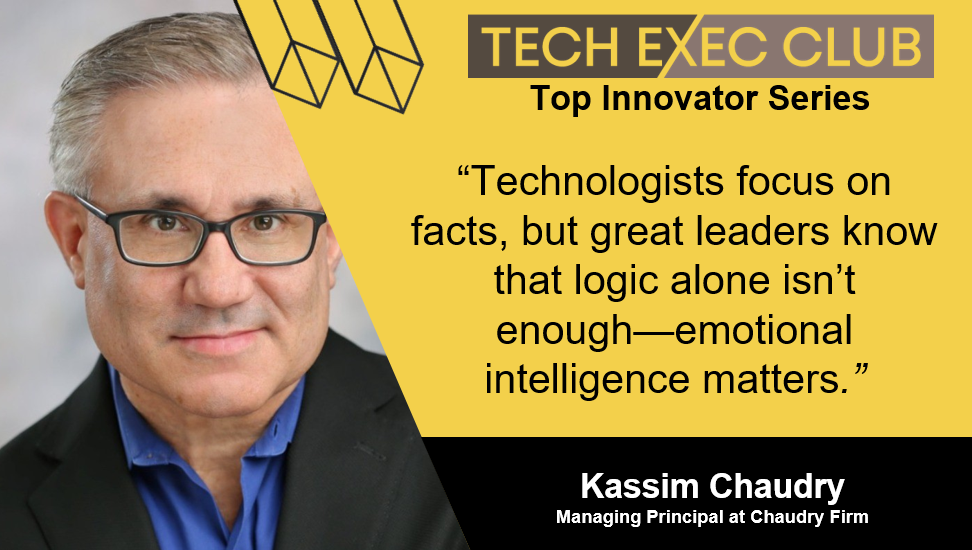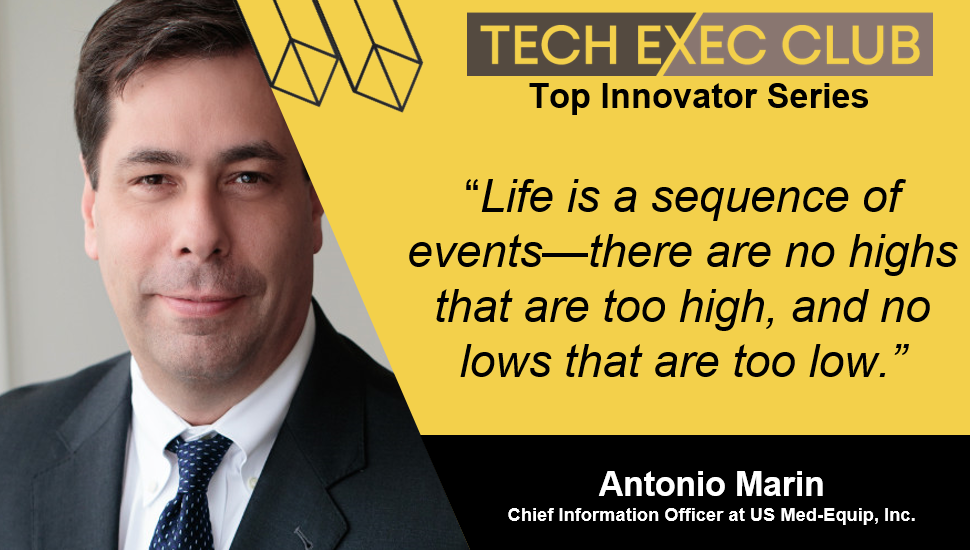In the rapidly evolving world of technology, few leaders command the same respect as Vivek, a tech executive known for fostering innovation while building empowered, high-performing teams. In a candid conversation with Josef, Vivek reveals the fundamental philosophies and approaches that have shaped his leadership style, making him an inspirational figure in the tech industry. He likens his leadership to that of an orchestra conductor—setting a clear vision but empowering his team to interpret and execute that vision autonomously. Vivek’s method is a unique blend of trust, flexibility, and a strategic approach to Failure—crucial elements in a landscape where innovation is the driving force.
In this interview, Vivek shares how he navigates the complexities of large-scale projects and creates a culture of transparency, where risk-taking is encouraged and Failure is seen as a learning opportunity. His insights provide valuable lessons for leaders looking to cultivate innovation and trust in their teams, whether managing a small startup or leading global tech initiatives.
Leadership as Orchestration: The Conductor’s Role
In his leadership philosophy, Vivek powerfully analogizes being a tech leader to conducting an orchestra. He emphasizes that a conductor does not need to play every instrument—just as a leader does not need to know every technical detail—but must ensure that each part of the team works harmoniously toward a common goal. His approach is straightforward: establish the vision, communicate it effectively, and trust the team to execute.
“I don’t need to be the one playing every instrument. I trust my violinist to play the violin and my drummer to keep time,” Vivek explains. By allowing each team member the freedom to interpret their role and trust their expertise, he creates an environment where creativity can flourish. This hands-off approach doesn’t mean abandoning responsibility, however. He positions himself as the guiding force that ensures the overall symphony stays in tune.
Vivek believes that this orchestration is critical to ensuring alignment, especially in large organizations where leaders often need to manage leaders themselves. He champions transparency, open dialogue, and a willingness to admit and address mistakes, creating a continuous learning and improvement culture.
The Power of Trust and Flexibility in Execution
Trust is a central theme in Vivek’s leadership model. For him, success comes from articulating a clear vision and then stepping back to let his team interpret and execute it. He advocates for a flexible approach, allowing room for interpretation, which fosters ownership and innovation among team members.
“I’ll take the heat for any bad decisions, but when things go right, my team gets all the credit,” Vivek asserts. This mindset empowers his team to take risks without fear of blame, giving them the psychological safety needed to push boundaries. He builds this culture by consistently communicating his support for risk-taking and standing as a shield between the team and external pressures when mistakes are made.
Vivek’s “Assume Positive Intent” (API) mantra embodies this trust. He believes that leaders should assume that their teams make the best decisions possible with the information available at the time. This level of trust and flexibility fosters a culture where innovation thrives, and team members feel valued and respected.
Embracing Failure for Innovation
In innovation, Failure is inevitable, and Vivek sees it as an essential part of the process. He distinguishes between innovation-driven projects, where Failure is expected, and business-as-usual (BAU) tasks, where higher accuracy is required. He sets the tone for innovation early, communicating that stumbling along the way is acceptable and encouraged.
“Innovation is all about trial and error, and nobody has a playbook for emerging technologies like artificial intelligence right now,” Vivek notes. By setting clear expectations for Failure in innovation, he helps his teams experiment freely and learn rapidly. Vivek ensures his teams are customer-centric, using feedback from real-world users to refine their products.
Vivek insists on a different standard for more predictable, steady-state operations: precision and reliability. He encourages his teams to strive for accuracy while allowing room for human error. In both scenarios, the key is clear and transparent communication—particularly when confidence in success dips below 70%. At that point, he provides support and guidance, ensuring that challenges are addressed before they become critical.
Bridging the Gap Between Technology and Business
One of Vivek’s most profound challenges is the divide between technologists and business leaders. While technologists may excel in their domain, they often need more business acumen to align their projects with the company’s financial goals. Vivek places great importance on understanding the language of the C-suite and translating technical achievements into business value.
“We don’t spend enough time understanding what the CFO or CEO values in the business,” he explains. By building stronger relationships with business leaders, Vivek ensures that his team’s technological decisions support the company’s goals. Whether it’s optimizing resources for faster delivery or balancing profitability with innovation, he tailors his strategies to align with executive priorities.
Vivek practices this through quarterly meetings with key stakeholders, such as the CFO, COO, and Chief Customer Success Officer. These informal, in-person meetings give him more profound insights into what drives business success and help him steer his team accordingly. He narrows the gap between tech and business, positioning his team to contribute meaningfully to the company’s bottom line.
Nurturing the Next Generation of Leaders
For Vivek, the next phase of leadership is all about paying it forward. He’s passionate about developing future leaders, seeing it as the ultimate measure of success. He has stayed in touch with talented individuals he’s mentored, offering guidance and support.
“The best part is when they message me years later, thanking me,” Vivek reflects. He believes that helping others grow into their potential is the most fulfilling part of leadership. Whether through offering career advice or simply checking in with former team members, Vivek prioritizes passing the lessons he’s learned.
By investing time in others, he ensures that his cultivated knowledge and values are passed down, creating a ripple effect of positive leadership across the tech industry.
1. Trust and Empower Your Team: Leaders, set a clear vision and trust your team to execute it. Create an environment where they feel empowered to take risks, innovate, and bring their unique strengths.
2. Embrace Failure as a Path to Innovation: Don’t shy away from Failure, especially in innovation-driven projects. Encourage your team to fail fast and learn from mistakes. Set expectations early that Failure is part of the journey toward success.
3. Build Relationships Across the Business: Bridge the gap between technology and business. Take the time to understand what your CFO, CEO, and other vital stakeholders value. Build personal relationships and align your tech initiatives with the company’s goals.
4. Cultivate Transparency and Communication: Foster an open, transparent communication culture. Encourage your team to voice concerns early, especially when confidence in success is lower than 70%. This will allow you to address challenges and avoid last-minute crises proactively.
5. Mentor Future Leaders: Invest time mentoring the next generation of leaders. Share your knowledge, offer guidance, and create opportunities for others to grow. This legacy of leadership development will extend your impact far beyond your career.
Vivek’s journey as a tech leader offers invaluable insights into creating a culture of innovation, trust, and continuous learning. His focus on empowering teams, embracing Failure, and bridging the gap between technology and business has driven his success and inspired others to lead with confidence and purpose. Vivek’s leadership philosophy goes beyond technical expertise—it’s about orchestrating the talents of others and nurturing the next wave of leaders to ensure lasting success. Through his strategic vision and genuine commitment to his team’s growth, Vivek continues to shape the future of tech leadership.
